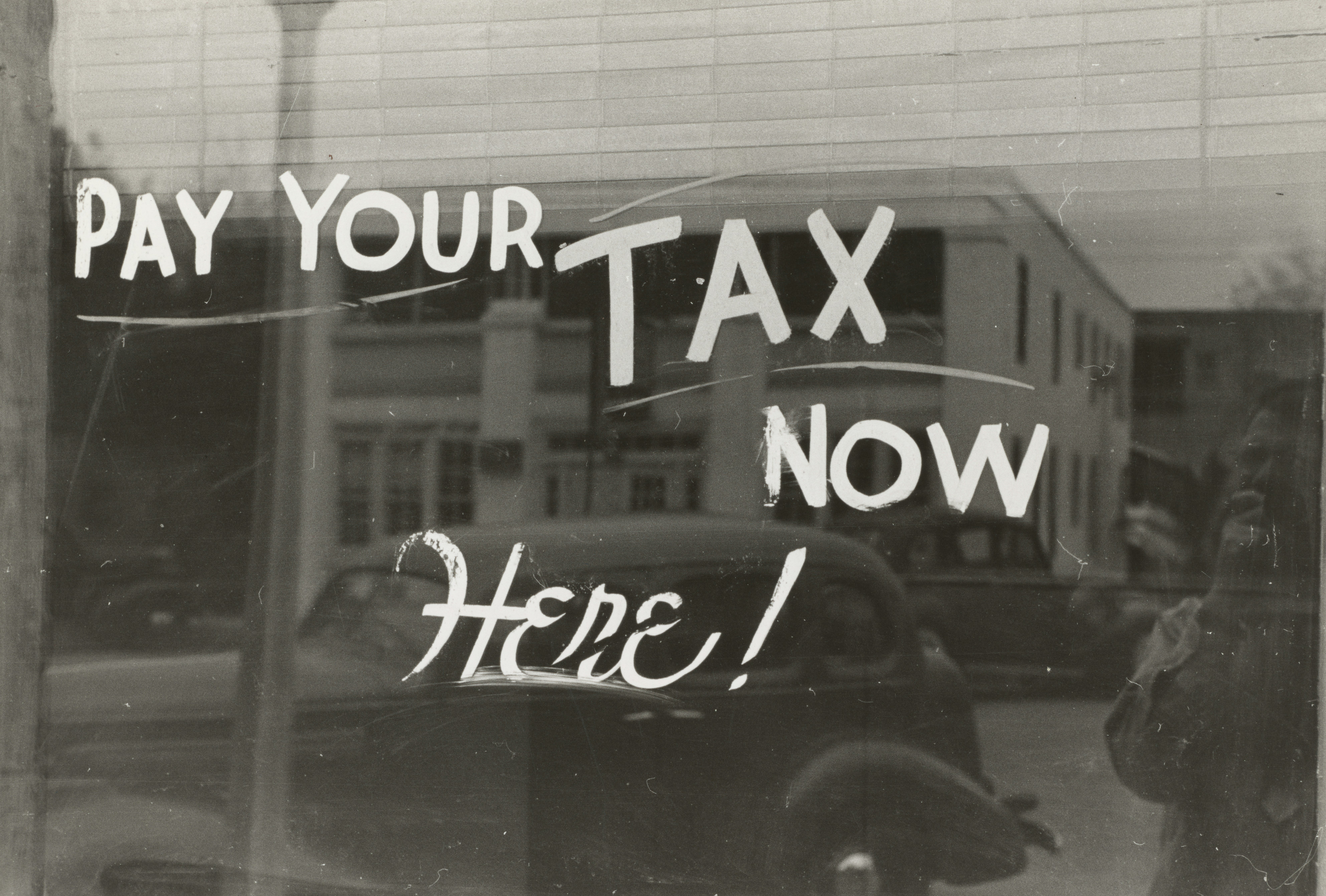Filing Form 3115 with a Cost Segregation Depreciation Change: A Comprehensive Guide
Cost segregation is a valuable tax strategy that can lead to significant tax savings for real estate owners and investors. It involves breaking down a building into its various components, which can then be depreciated over different time periods. By accelerating depreciation, property owners can lower their taxable income and increase their cash flow. To report a change in accounting method due to cost segregation, taxpayers must file Form 3115, Application for Change in Accounting Method, with the Internal Revenue Service (IRS). This blog post will provide a step-by-step guide to help you file Form 3115 with a cost segregation depreciation change.
Step 1: Determine if a Cost Segregation Study is Beneficial
Before initiating the Form 3115 filing process, it's essential to determine whether a cost segregation study would be beneficial for your property. A cost segregation study is an analysis performed by an expert to classify property components and assign them shorter depreciable lives, resulting in increased depreciation deductions. If you are uncertain about the benefits of cost segregation for your property, consult a tax advisor or a cost segregation specialist to analyze your situation.
Step 2: Conduct a Cost Segregation Study
Hire a cost segregation specialist to conduct a detailed study of your property. The specialist will identify assets that can be reclassified into shorter depreciable lives, such as personal property, land improvements, and building components. This reclassification will enable you to claim accelerated depreciation deductions and reduce your taxable income.
Step 3: Obtain Form 3115 and Review the Instructions
Download Form 3115 from the IRS website and carefully review the instructions. The instructions provide detailed information on how to complete the form and the supporting documentation required.
Step 4: Complete Form 3115
Fill out Form 3115, providing all the necessary information, including your personal details, a description of the change in accounting method, and the relevant financial data. The key sections to focus on when filing Form 3115 for a cost segregation depreciation change are:
- Section A: Identify the taxpayer and property details.
- Section B: Provide a detailed description of the change in accounting method, including the reason for the change (cost segregation study).
- Section C: Calculate and report the Section 481(a) adjustment, which represents the difference between the total depreciation claimed under the old method and the amount that would have been claimed under the new method.
- Section D: Indicate whether you meet the scope limitations for automatic consent and specify the designated automatic accounting method change number (DCN) for the cost segregation change (DCN 7 for residential rental property or DCN 196 for nonresidential real property).
Step 5: Assemble Required Documentation
Gather all supporting documentation related to the cost segregation study and the depreciation calculations. This may include detailed breakdowns of property components, asset classifications, cost allocations, and depreciation schedules.
Step 6: Submit Form 3115 and Supporting Documents
File Form 3115 and the supporting documents with your federal income tax return for the year of the change. If you are filing for an automatic change in accounting method, you are also required to file a duplicate copy of Form 3115 with the IRS's Ogden, Utah, office (see Form 3115 instructions for the appropriate address).
Conclusion:
Filing Form 3115 with a cost segregation depreciation change can be a complex process. However, by following these steps and working closely with a tax advisor or cost segregation specialist, you can successfully report the change and potentially save a significant amount on your taxes. Keep in mind that tax laws and regulations can change over time



